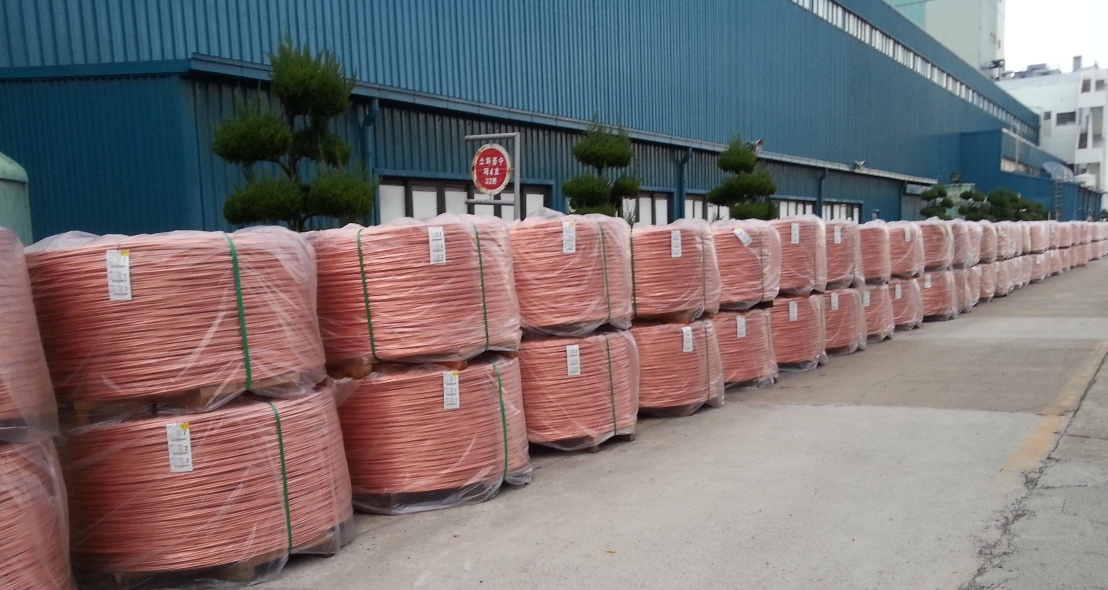Copper prices are touching new highs, thanks to spiraling demand that is not being matched by adequate supplies.
A newly-released report by CARE Ratings, said that copper prices on LME (London Metal Exchange) touched $10,417 per tonne in May 2021, the highest level since February 2011. Since last year the metal has risen 94 per cent amid strong demand and supply tightness. In the domestic market, copper cathode prices are currently ruling at Rs.7,64,600 per tonne (May 2021) as against Rs.4,31,640 per tonne in May 2019. In fact, copper prices had dropped to Rs.3,96,000 per tonne in May 2020.
Global copper supply has remained almost stagnant over the last three years and only two new copper mines have come on stream in the last four years. Supply tightness is also reflected in the falling stock levels at important warehouses like LME.
Dwindling stocks
Inventories of copper at the LME warehouses fell to 144,000 tonnes as on end of April 2021, losing 43 per cent since April 2020 thereby driving prices higher.
An electric vehicle needs four times the amount of copper required by a regular (internal combustion engine) vehicle.
Clean energy driving demand
The bullishness in copper prices is also led by the red metal’s immense importance in transitioning to clean energy technologies such as renewables and electric vehicles. Clean energy technologies are also the fastest growing segment for copper demand. An electric vehicle (EV) needs four times more copper than a regular vehicle.
In a scenario that meets the Paris Agreement goals, clean energy technologies’ share of total demand rises significantly over the next two decades to over 40 per cent for copper and rare earth elements, 60- 70 per cent for nickel and cobalt, and almost 90 per cent for lithium, as per the International Energy Agency (IEA).
Shortage forecasted
ICSG (International Copper Study Group) has projected copper mine supply to increase to 25 million tonnes in 2021 and further to 26 million tonnes in 2020 after remaining stagnant for four straight years. While demand for copper is expected to surge, supply is expected to lag behind as ore grade from existing mines are declining in quality and new projects are running behind schedule. A severe shortage could be seen if new supplies do not come on stream in the coming years and investment is not poured into developing new copper mines.
Source: CARE Ratings
Featured photograph shows CC (continuously cast) copper rods, which form the most important raw material to the electrical cable industry. (Photo: LS Cable)



